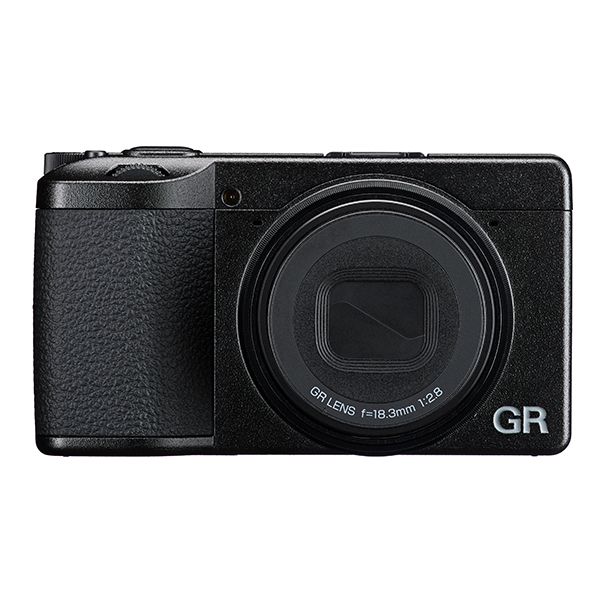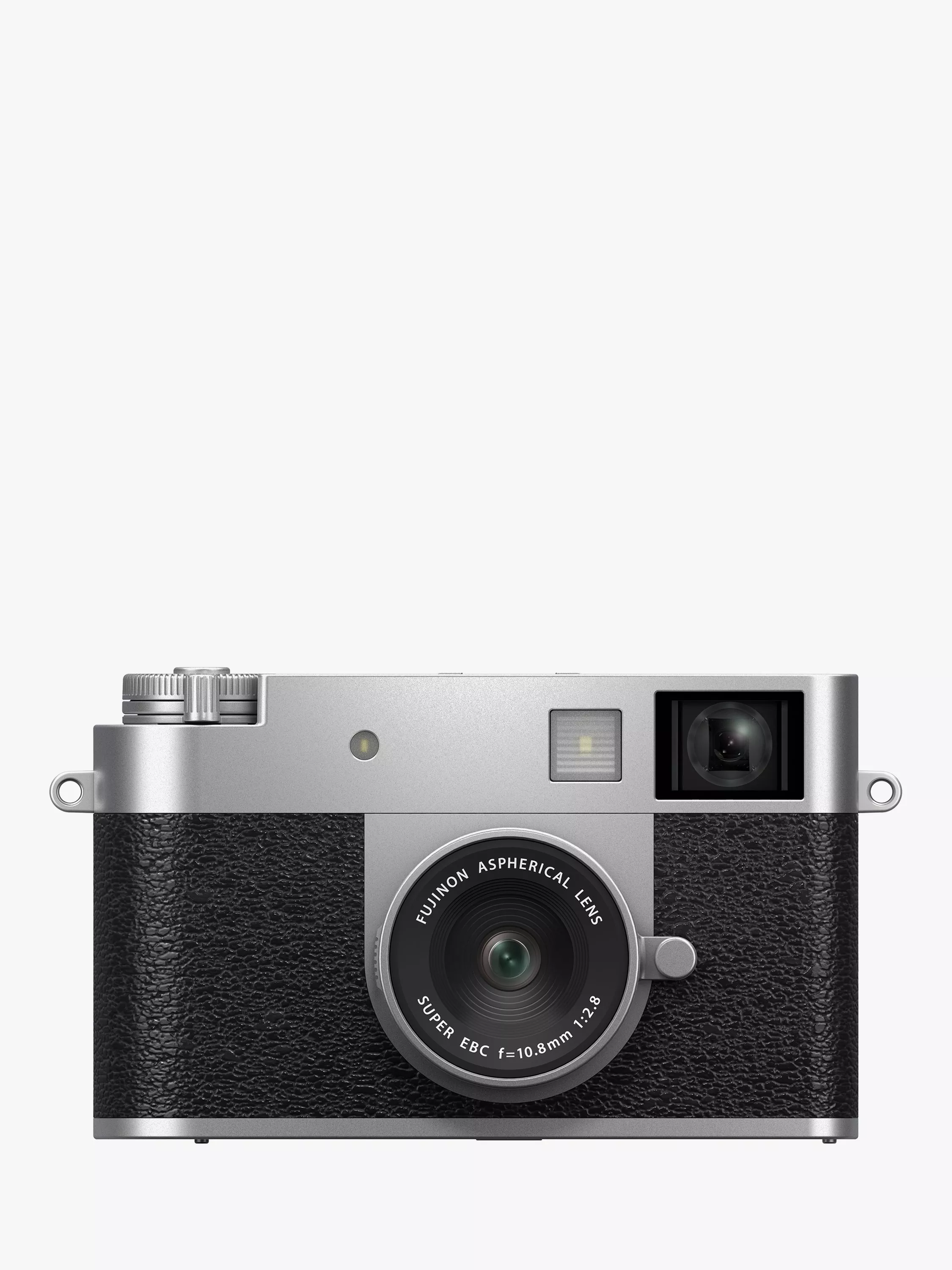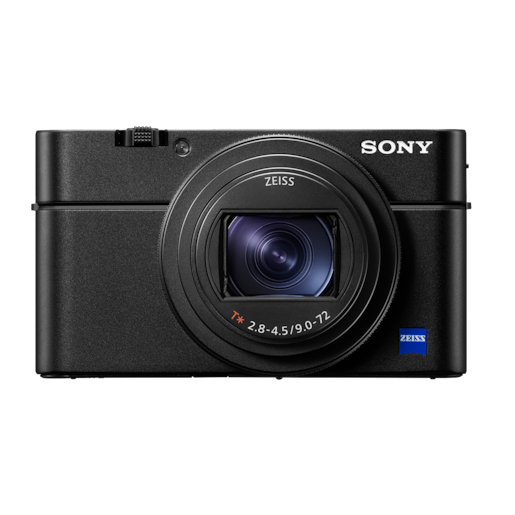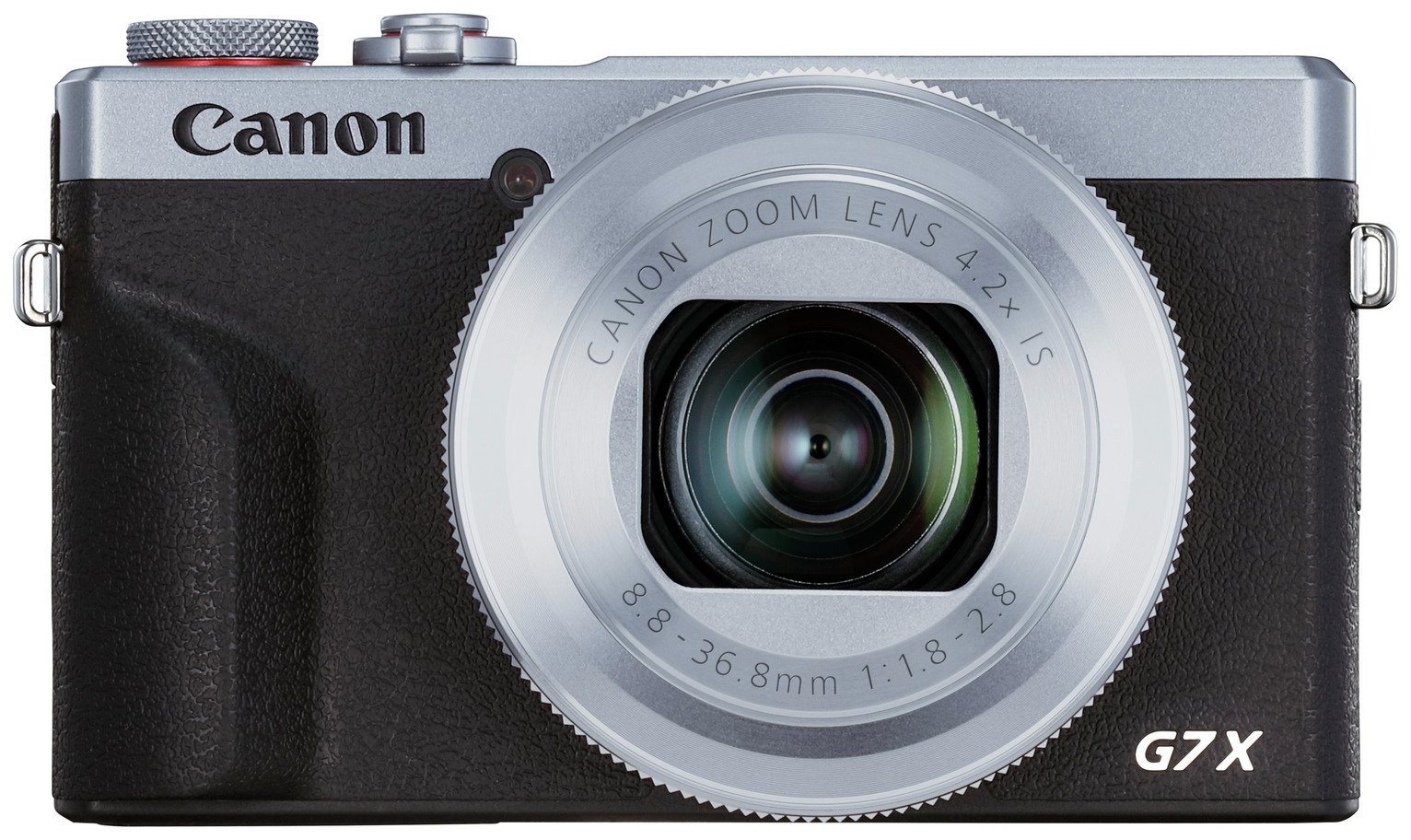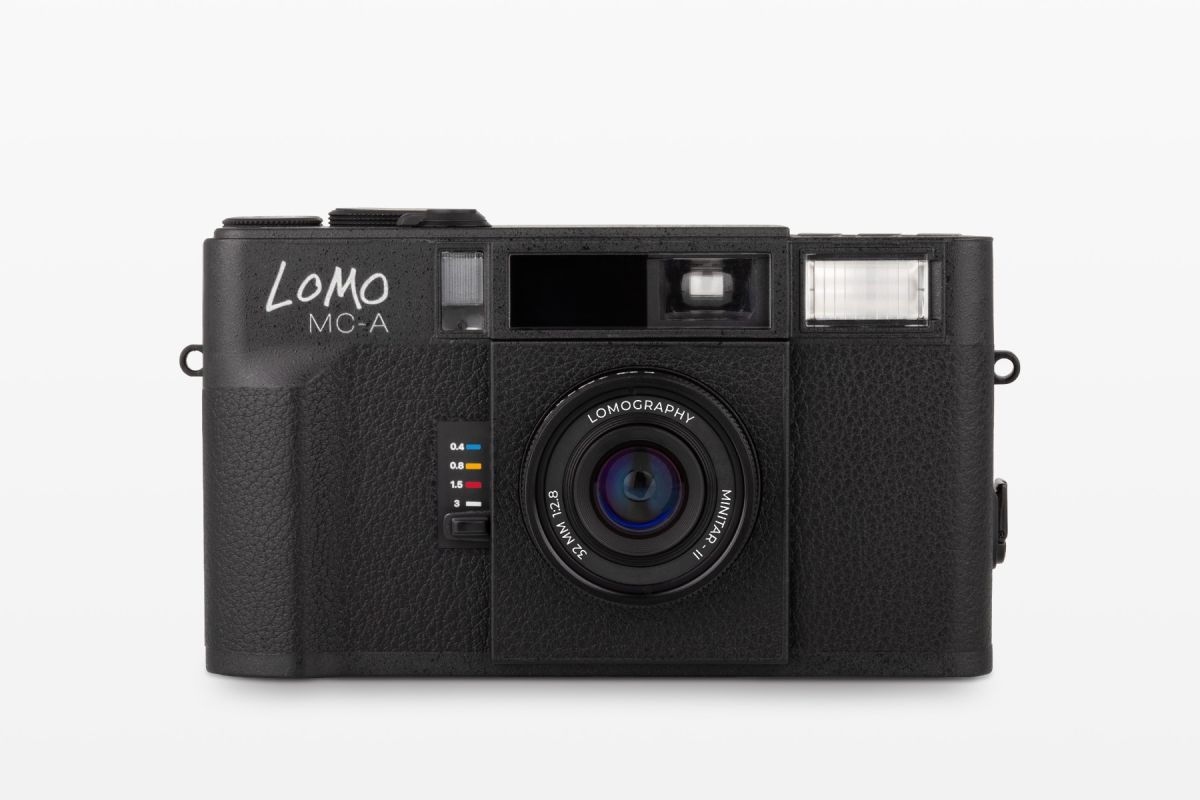Five of the finest compact cameras available today
Pocketable cameras are having a moment. We’ve assembled a set of cutting-edge compacts that’ll free you from the ubiquity of smartphone photography and help focus your image making

Theoretically, the smartphone era should have done away with the requirements for compact point-and-shoot cameras – as any photographer knows, the best camera to use is always the one you actually have on your person. However, as a growing contingent of image makers are discovering, it's the intention behind an image that makes it more meaningful, and nothing makes that intent more focused than a dedicated camera.

Ricoh GR IV
Hence the resurgence in popularity (and price) of older compact cameras, as enthusiasts rush to rediscover all the highly competent camera hardware that was developed over the last decade but overlooked in favour of smartphone sensors and image processing.
We’ve rounded up five of the finest pocketables available today, along with an analogue outlier for those looking to ditch digital altogether.

Leica Q3 43
Ricoh GR IV
The newest iteration of a longstanding photographer’s favourite, this year’s Ricoh GR IV replaces the GR III, which debuted back in 2019 and is still highly prized. Incredibly compact and lightweight, with the capability to power-on in around half a second, the GR IV is the kind of camera pros keep on hand.
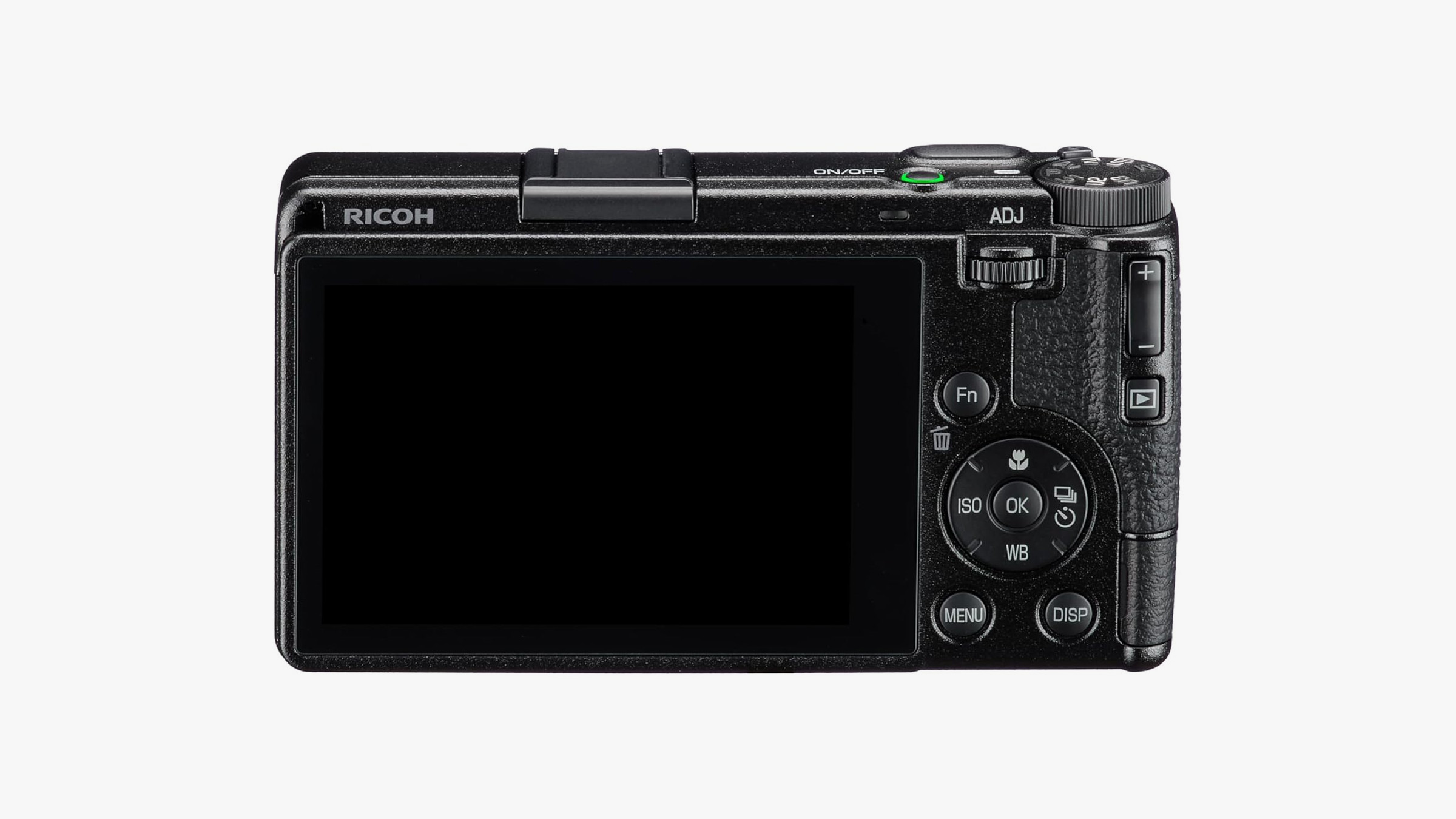
Ricoh GR IV
A new sensor and new 18.3mm F2.8 lens improve image quality, with no less than 53GB of onboard memory, full wireless connectivity and manual controls, it’s a true pocketable powerhouse.
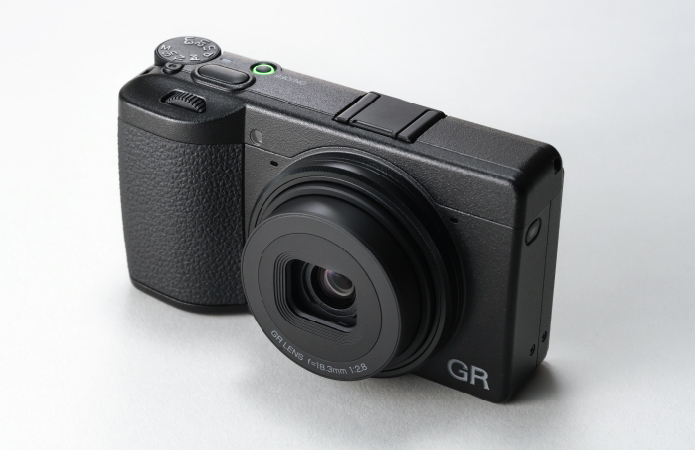
Ricoh GR IV
Ricoh GR IV, £1,200, Ricoh-Imaging.co.jp, @Ricoh_GR_official, Amazon.co.uk
Leica Q3 43
For some, nothing less than a camera bearing the legendary red dot will do. Whilst Leica is still best known amongst photographers for the M Series – now featuring an electronic viewfinder for the very first time – the company has a long history of making compact cameras dating back to the dawn of the digital age.
Receive our daily digest of inspiration, escapism and design stories from around the world direct to your inbox.
The newest compact model from the German manufacturer is the fixed lens Q3 43, with a 43mm focal length and full compatibility with Leica’s pro-grade FOTOS app.
Leica Q3 43, £5,900, Leica-Camera.com
Fuji X Half
A curate’s egg of a camera that you'll either love or hate, the Fuji X Half attempts to bridge the divide between digital convenience and analogue feel. ‘Dedicated to distraction-free creativity’, in Ricoh’s words, the X Half comes with a number of film-simulating filters as well as a unique 3:4 vertical format.
This mimics ‘traditional’ smartphone image-making with the benefit of a far more sophisticated 32mm lens, with the added creative benefit of combining two images in a single frame. This 2-in-1 option can consist of a still and a video, allowing for endless juxtapositions and experiments.
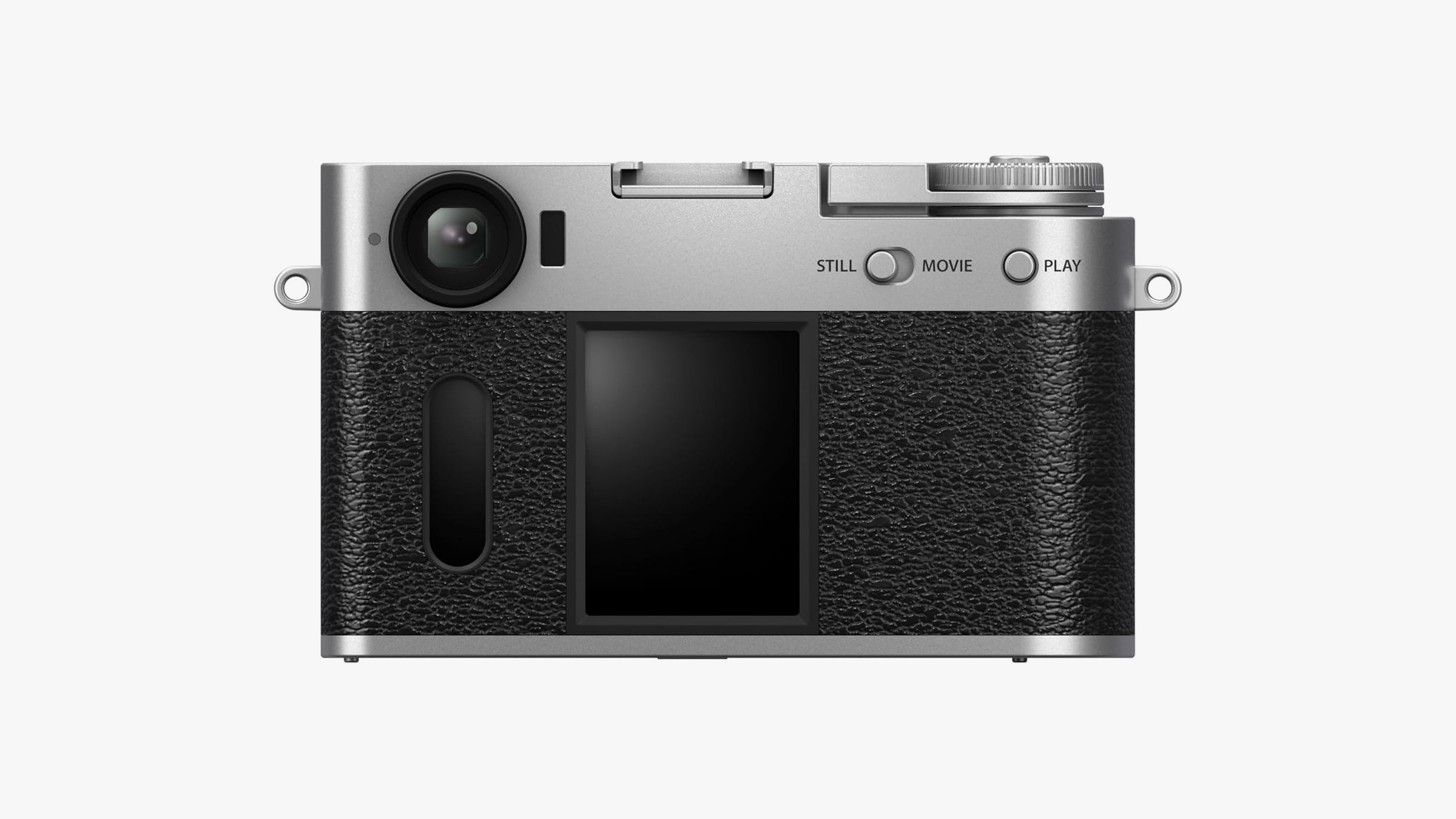
Fuji X Half
Weighing in at just 240g, the X Half also has Film Camera Mode, a way of focusing the mind by reintroducing the limitations of film. In this mode, the rear LCD viewfinder is disabled and you’re restricted to taking just 36, 54 or 72 images before you can ‘develop’ the results on the X Half app. The analogue style ‘film advance’ lever must also be operated between each shot.
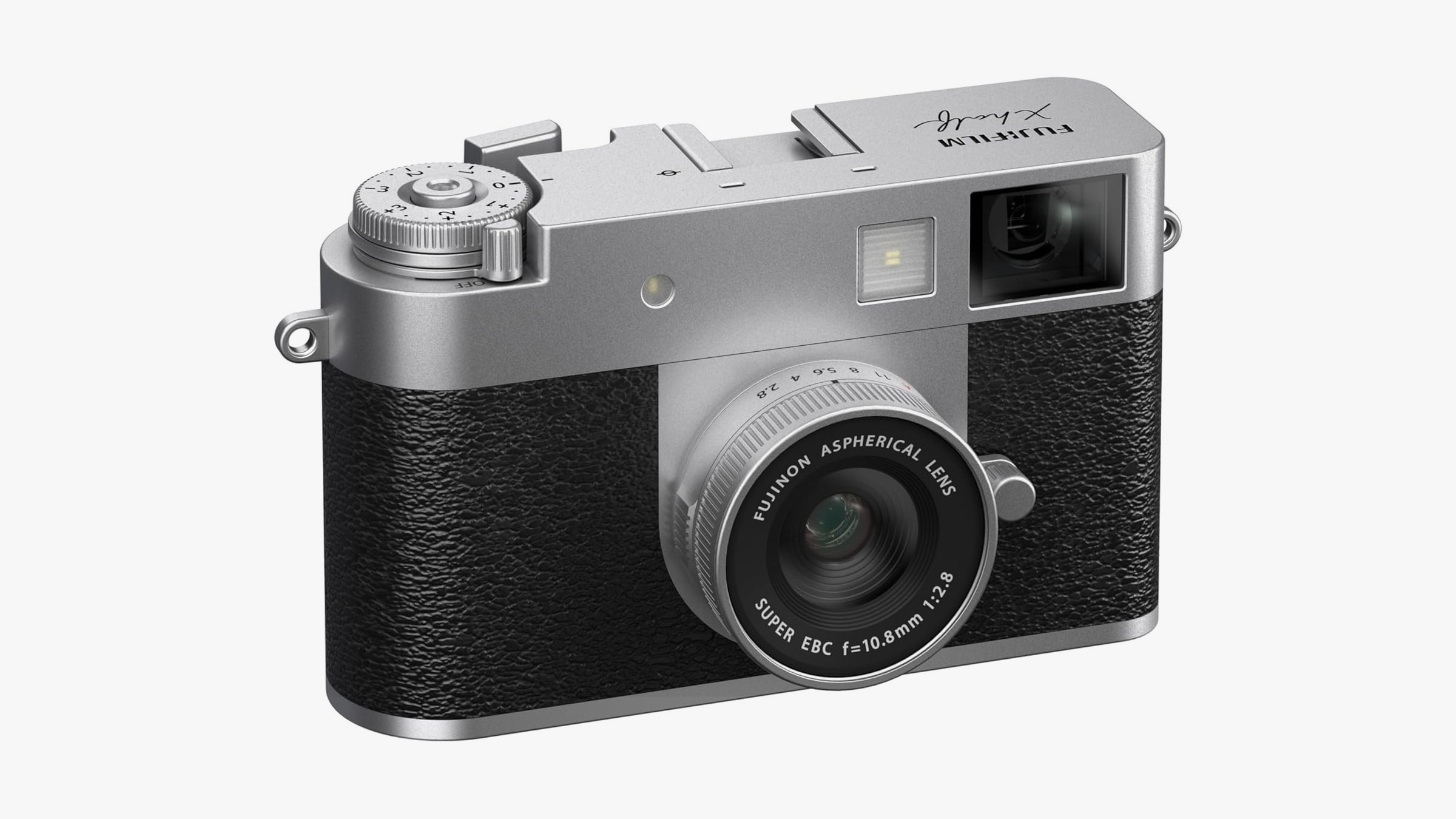
Fuji X Half
Fuji X Half, £629, Fujifilm-x.com, Amazon.co.uk
Sony RX100 VII
Sony’s flagship compact is ideal for vloggers and videographers as well as traditional stills photographers. With an onboard 24-200mm Zeiss zoom lens, the ability to take stills at up to 20 fps, 4K video and a host of other features, the RX100 VII is one of the most comprehensively equipped compact cameras on the market.
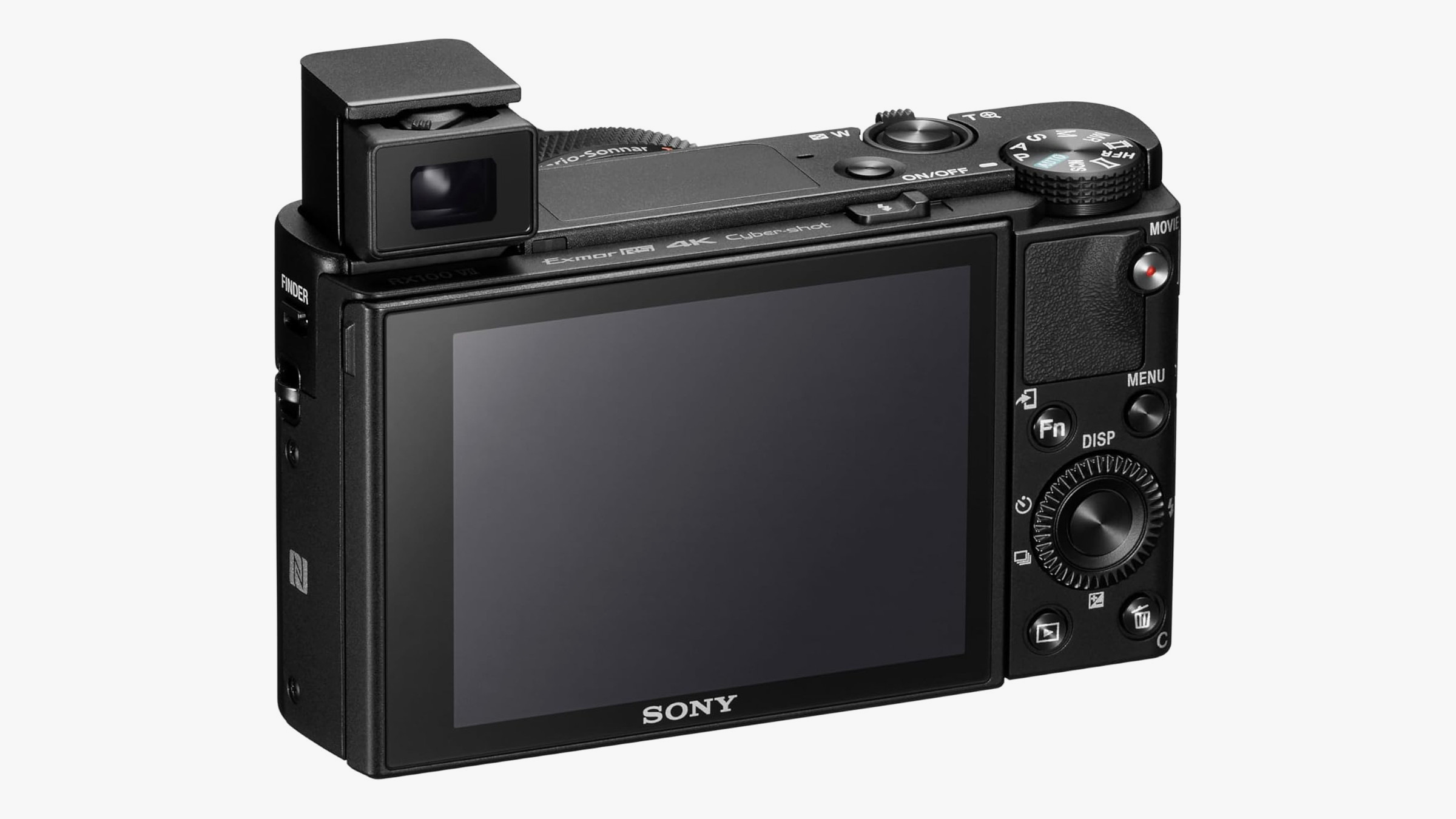
Sony RX100 VII
A sophisticated auto focus system can track fast moving objects and even the individual eyes of your subject, with shutter speeds of up to 1/32,000 second, on-board image stabilisation, support for vertical video and external microphones and much, much more.

Sony RX100 VII
Sony RX100 VII, £1,049, Sony.co.uk, Amazon.co.uk
Canon Powershot G7 X Mark III
Another long-established prized performer in the ultra-compact sector, Canon’s G7 range continues to hold its value. The latest G7 X Mark III weighs in at 304g yet crams in 4K recording, a 24mm 4.2x zoom lens, exceptional video quality and even the ability to stream directly to YouTube.
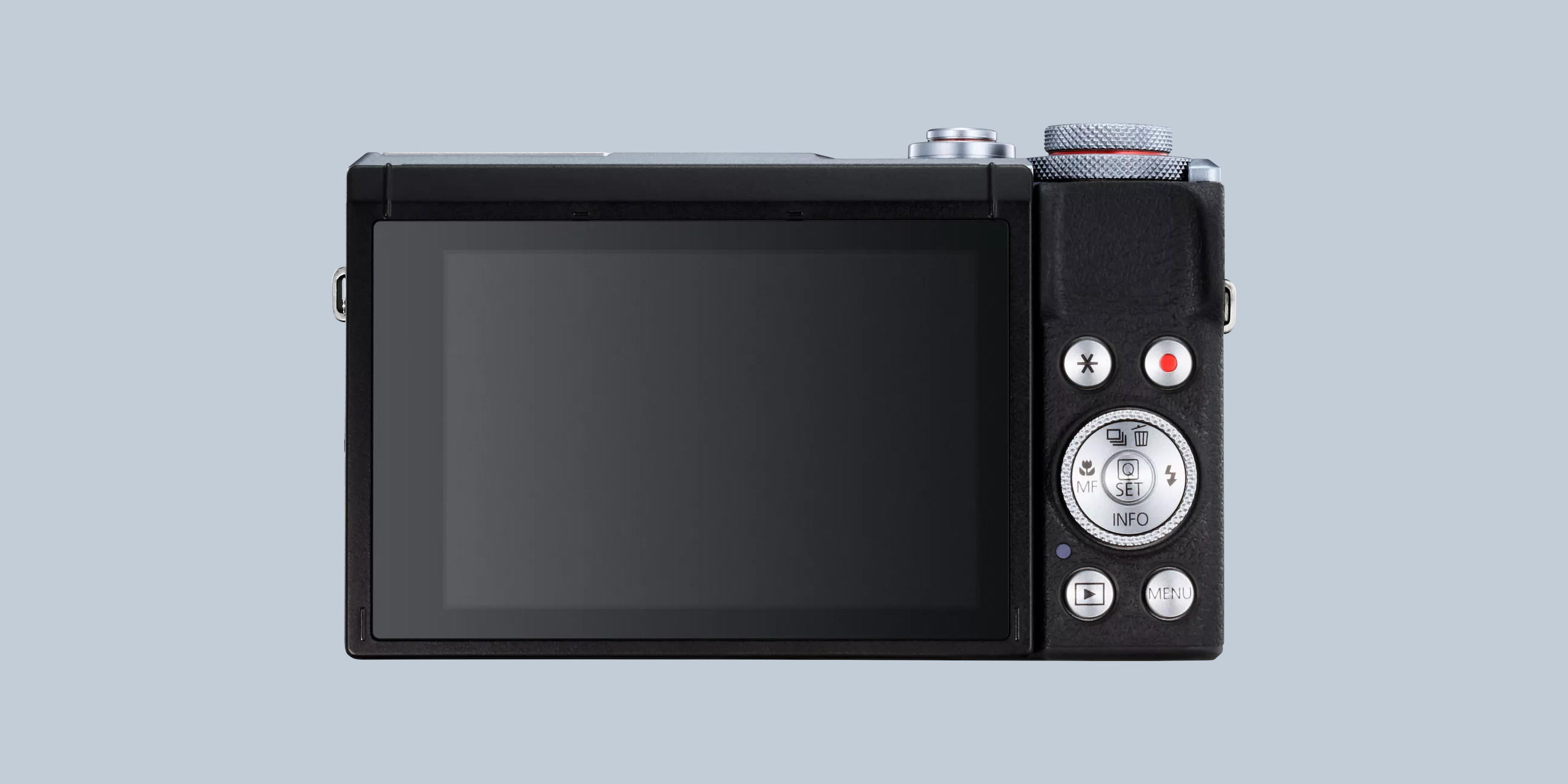
Canon Powershot G7 X Mark III
The addition of a silver/black colourway nods to Canon’s classic 35mm SLRs and adds another layer of desirability, as does the ultra-pocketable form factor.
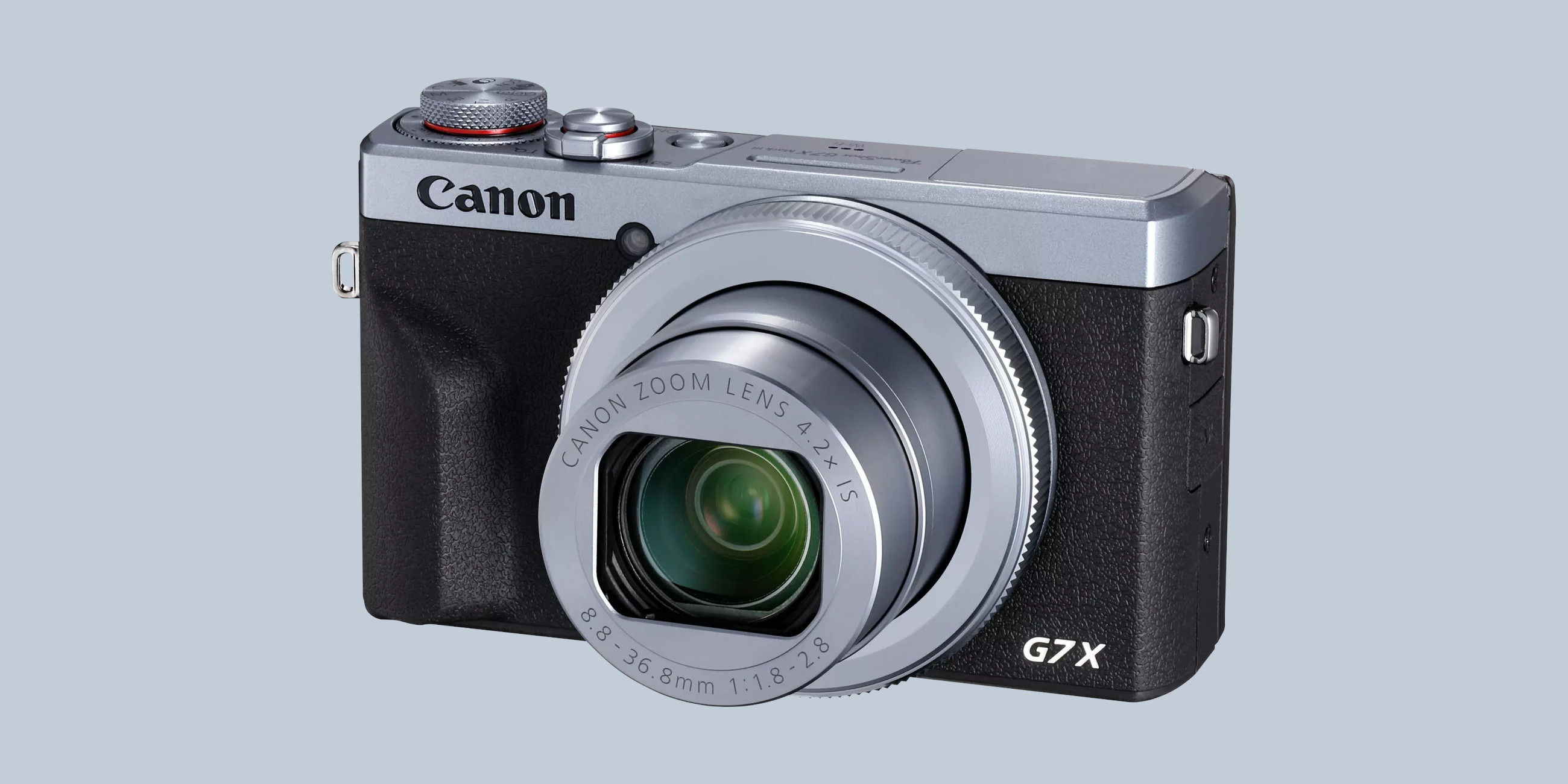
Canon Powershot G7 X Mark III
Canon Powershot G7 X Mark III, £995, Canon.co.uk, Amazon.co.uk
Lomo MC-A
Finally, an analogue option from the long-standing 35mm film faithfuls at Lomography. The Austrian company has upgraded their mainstay to include a retractable 32mm lens, full autofocus, an onboard LCD display with self-timer and other functions, onboard flash and more.
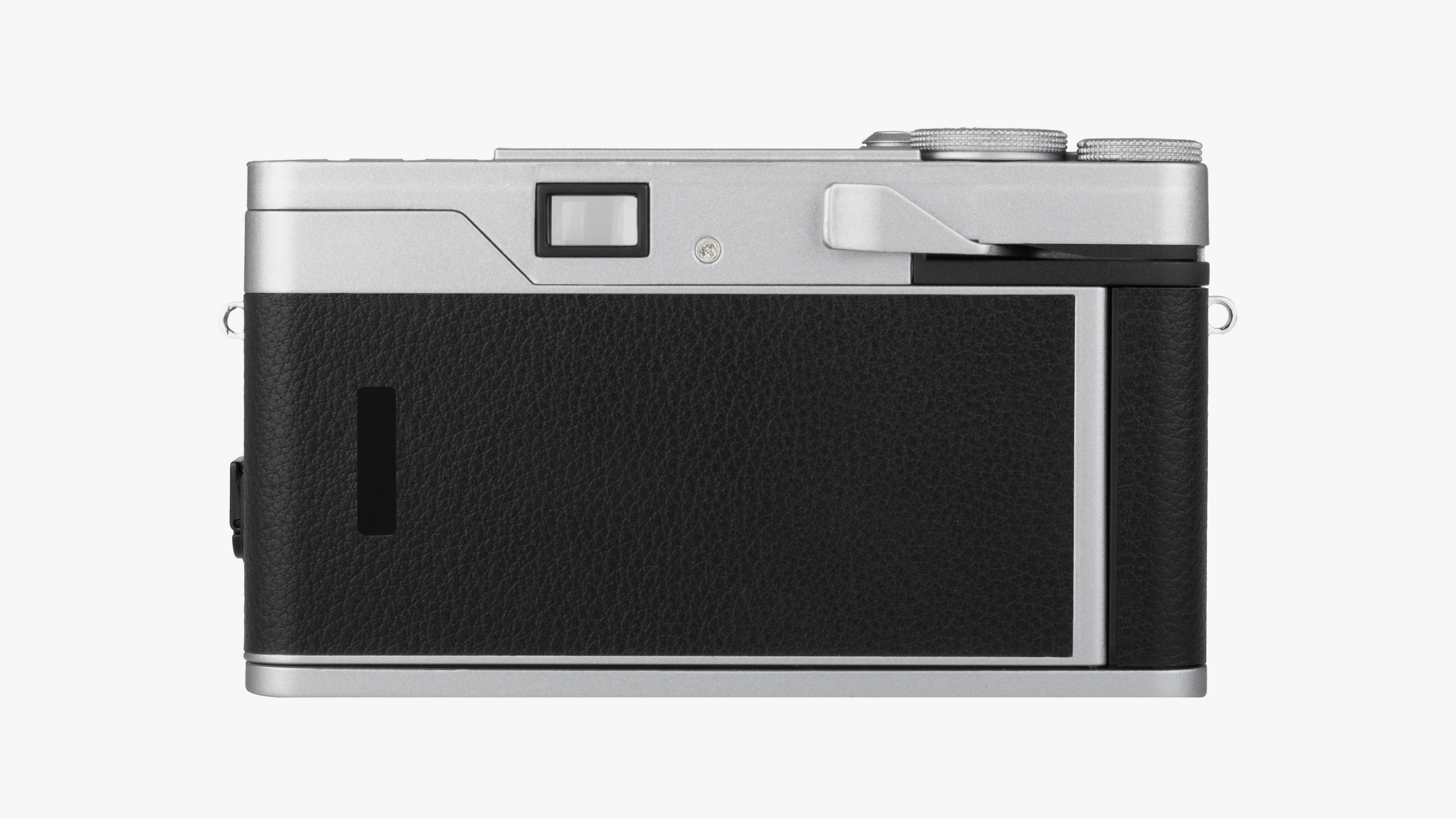
Lomo MC-A
Probably the most significant update the strictly analogue Lomo ethos since the medium format LC-A 120 camera was introduced in 2014, The new MC-A brings the colour, grain and atmosphere of 35mm into a compact, affordable package. It's an encapsulation of Lomography's stated mission to celebrate the joys, idiosyncrasies and occasional fails of analogue.
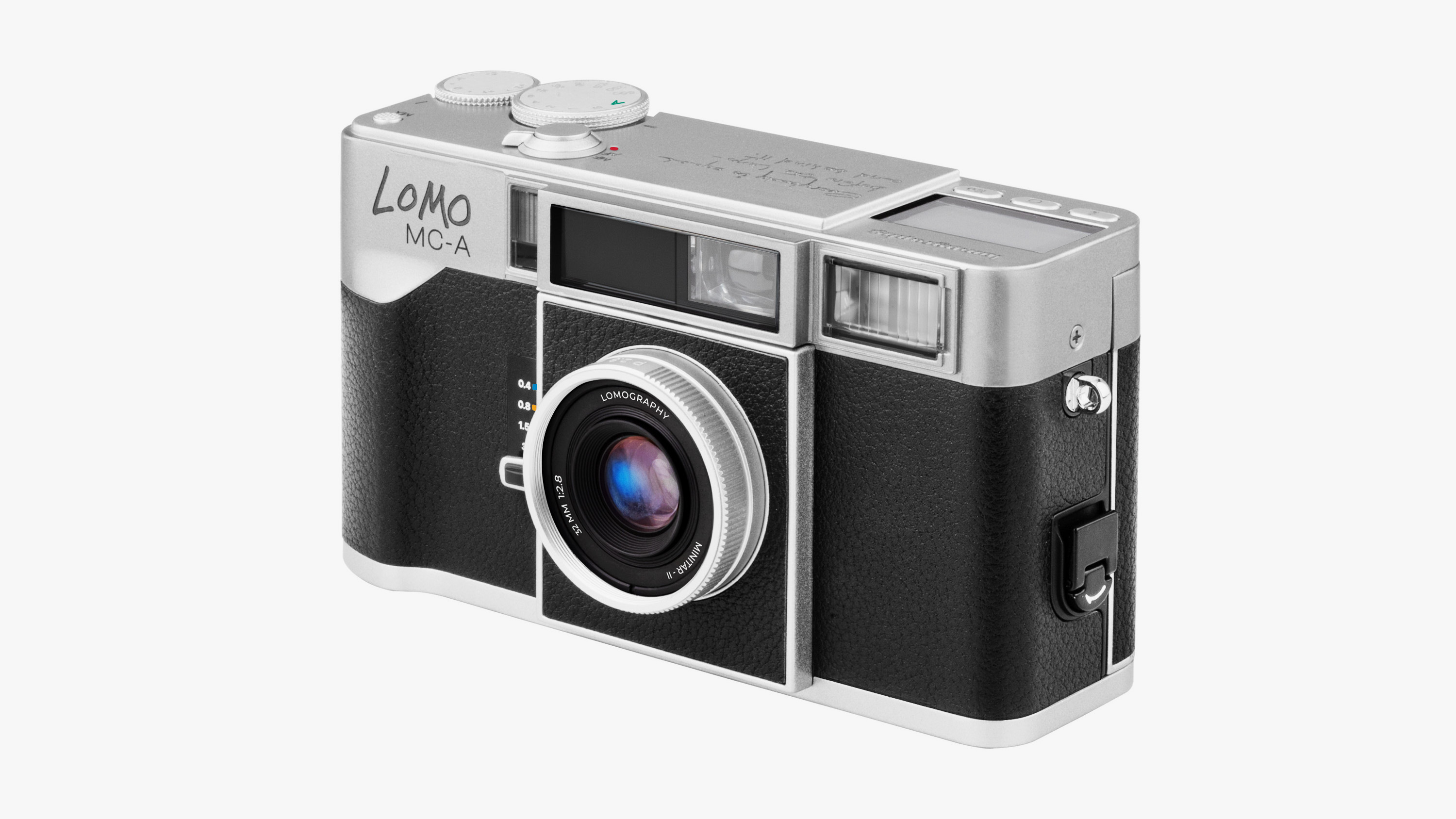
Lomo MC-A
Lomo MC-A, £449, Shop.Lomography.com, @Lomography
Jonathan Bell has written for Wallpaper* magazine since 1999, covering everything from architecture and transport design to books, tech and graphic design. He is now the magazine’s Transport and Technology Editor. Jonathan has written and edited 15 books, including Concept Car Design, 21st Century House, and The New Modern House. He is also the host of Wallpaper’s first podcast.
-
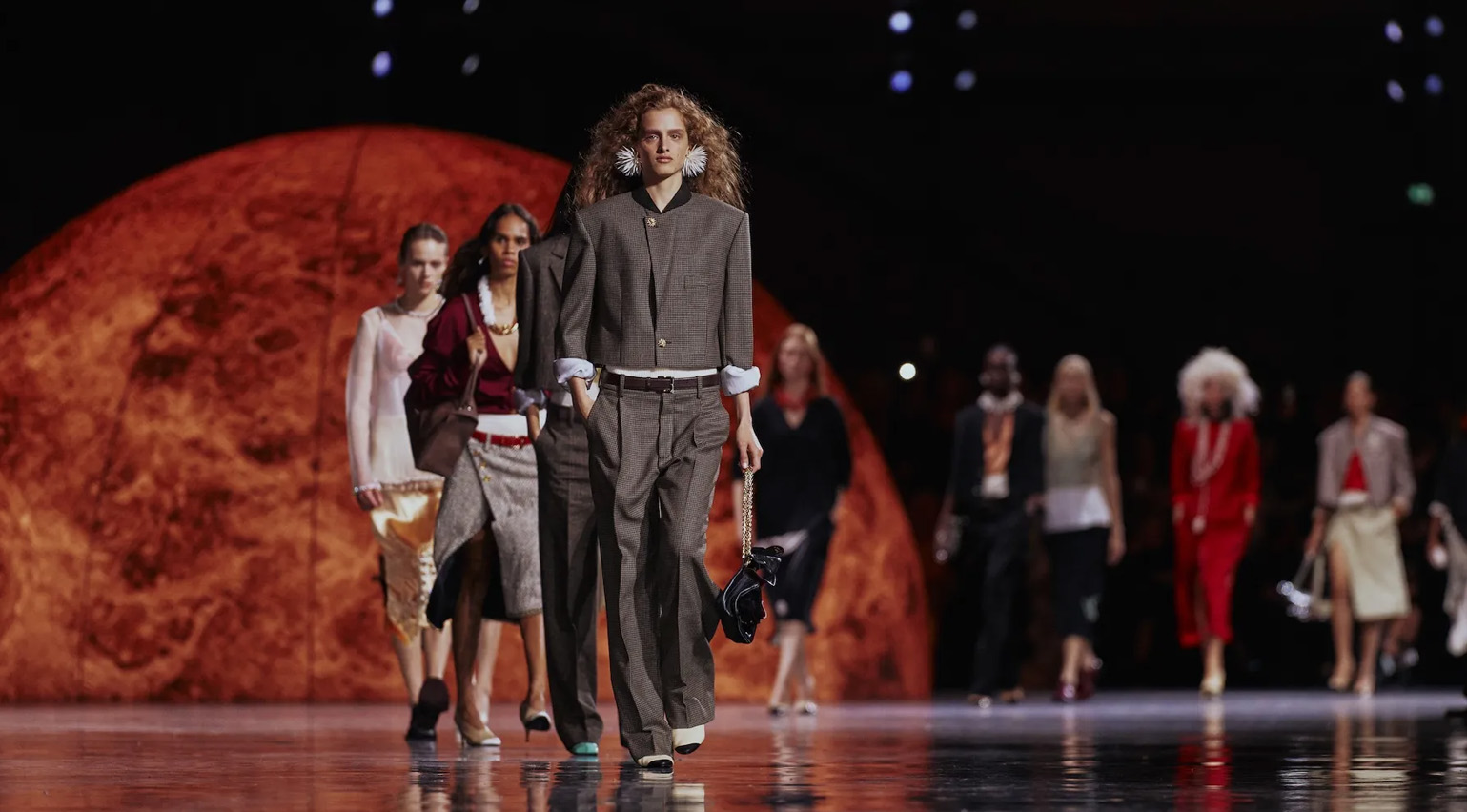 Debuts, dandies, Demi Moore: 25 fashion moments that defined 2025 in style
Debuts, dandies, Demi Moore: 25 fashion moments that defined 2025 in style2025 was a watershed year in fashion. As selected by the Wallpaper* style team, here are the 25 moments that defined the zeitgeist
-
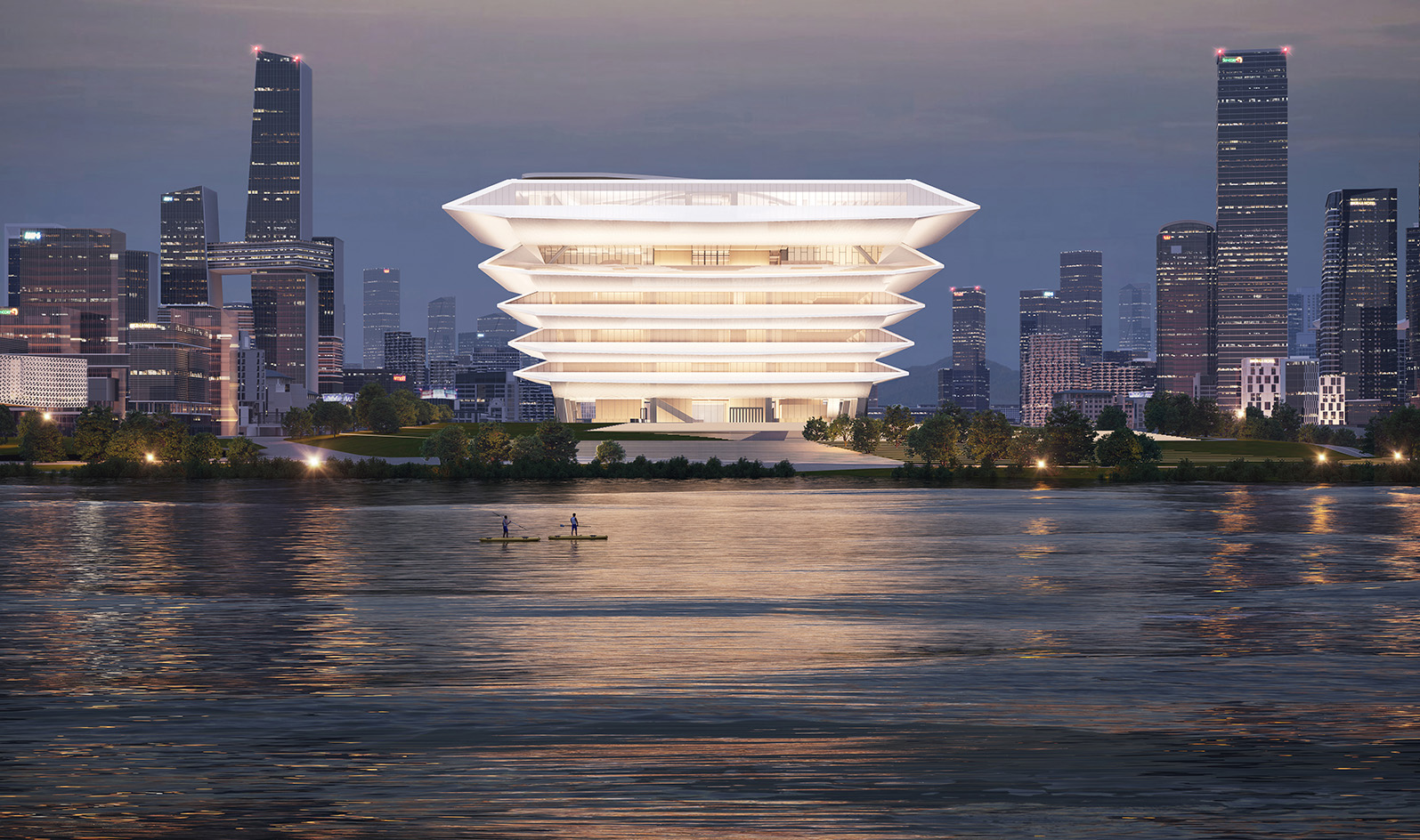 The RIBA Asia Pacific Awards reward impactful, mindful architecture – here are the winners
The RIBA Asia Pacific Awards reward impactful, mindful architecture – here are the winnersThe 2025 RIBA Asia Pacific Awards mark the accolade’s first year – and span from sustainable mixed-use towers to masterplanning and housing
-
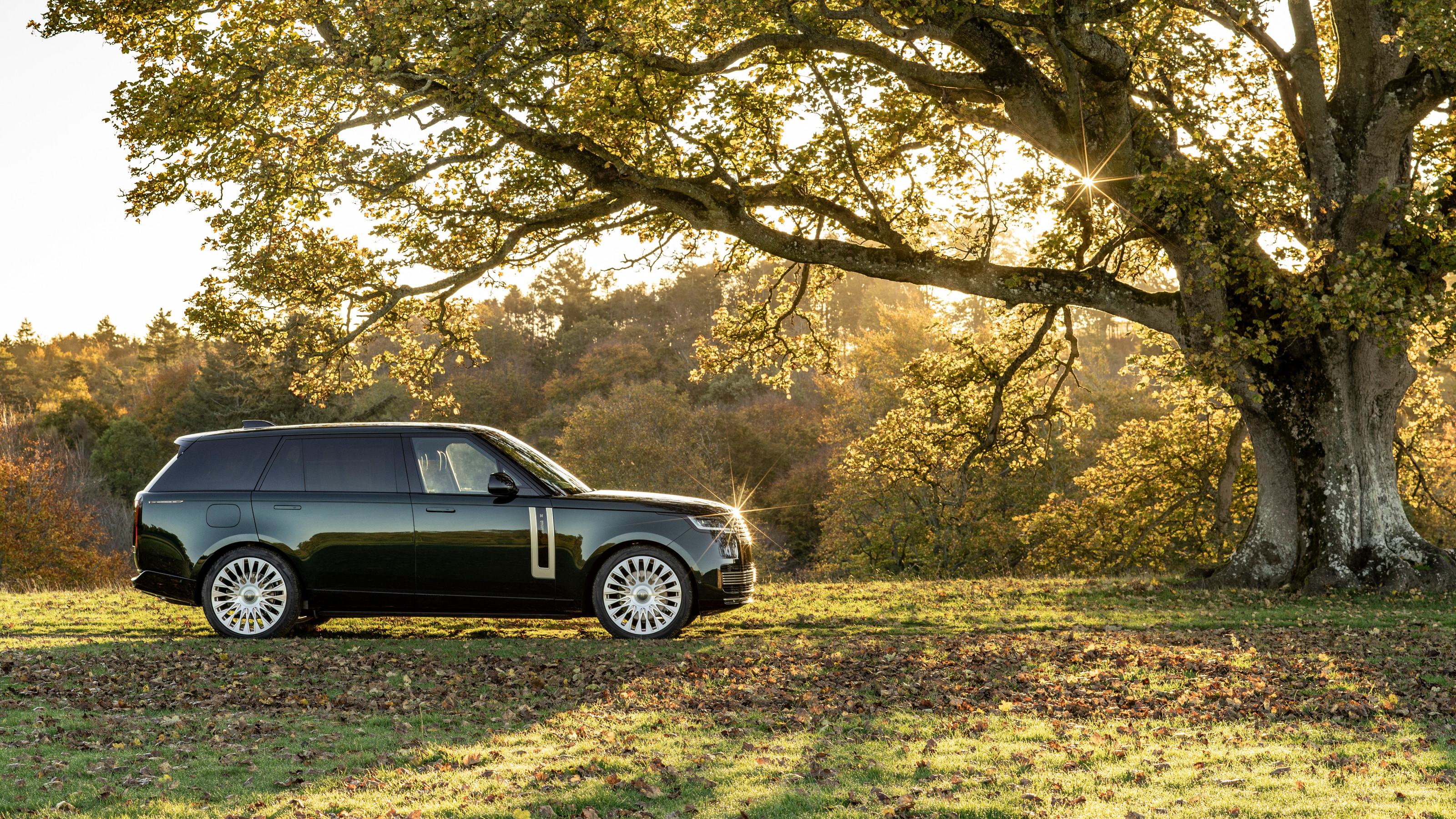 Holland & Holland's Range Rover is outstanding in its field: shoot the breeze in style
Holland & Holland's Range Rover is outstanding in its field: shoot the breeze in styleCan you spare half a million pounds for a glorified four-wheeled gun cabinet? If so, the Range Rover Holland & Holland Edition by Overfinch might be the perfect fit
-
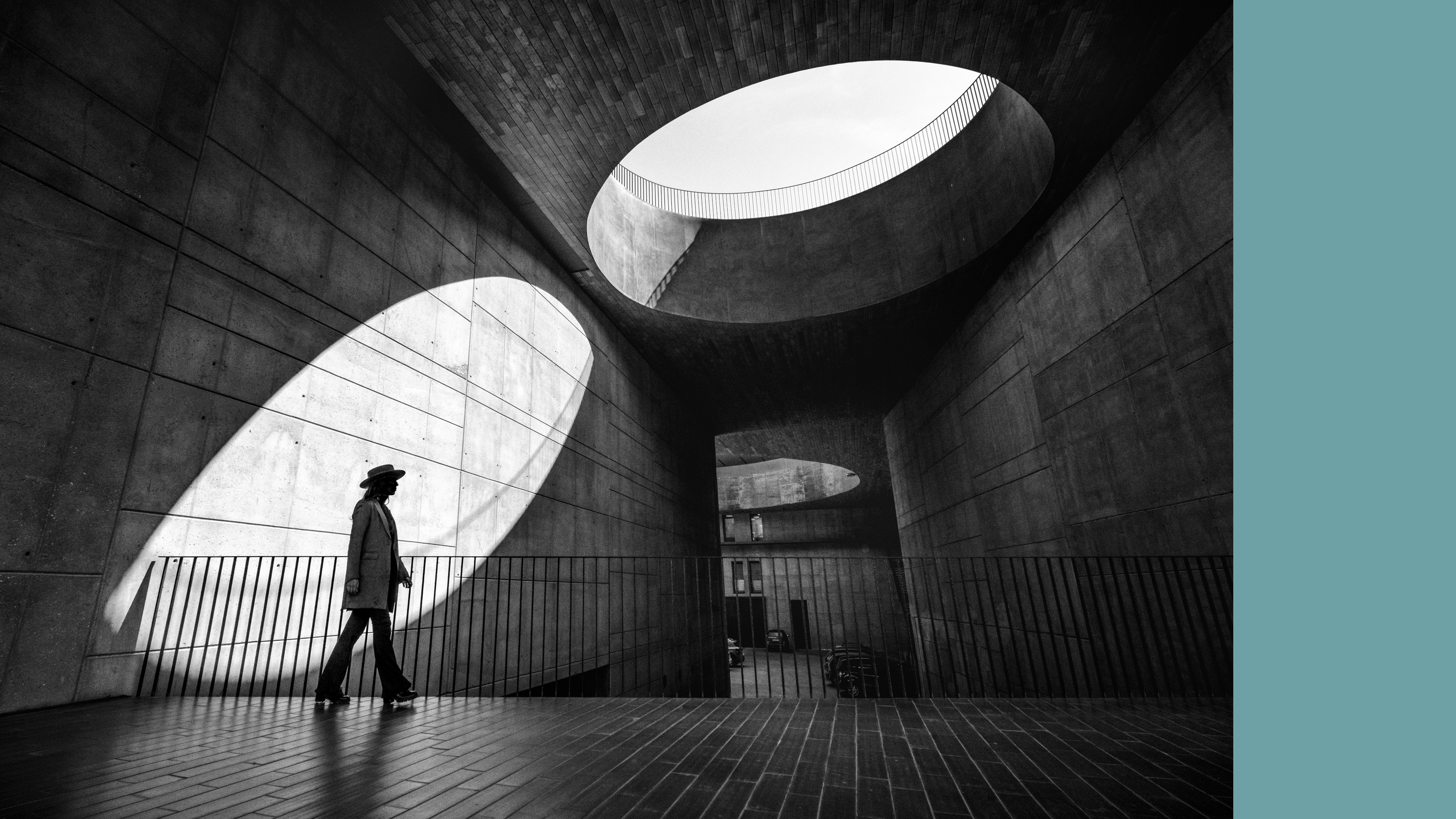 Irys is an app designed by photographers for photographers. We take it for a test run
Irys is an app designed by photographers for photographers. We take it for a test runIrys celebrates the art and quality of photography, along with the joy of discovery. We discuss the nature of online creativity and the artlessness of social media with founder Alan Schaller
-
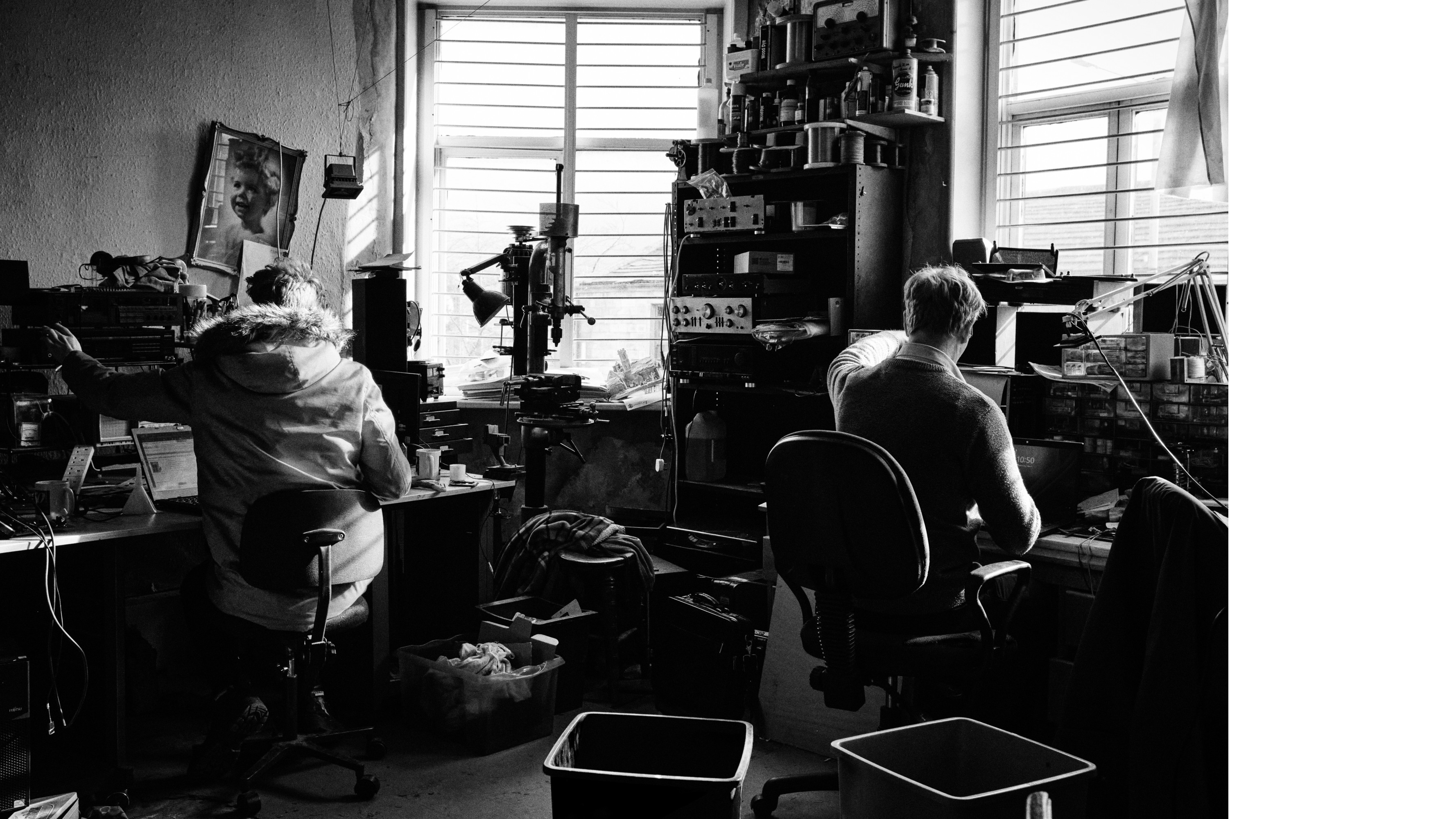 A photographic study of a family hi-fi store is a vivid portrait of a small business
A photographic study of a family hi-fi store is a vivid portrait of a small businessFashion photographer Nik Hartley looked behind the scenes at Wilkinson’s Hi-Fi, a longstanding part of its Lancashire community.
